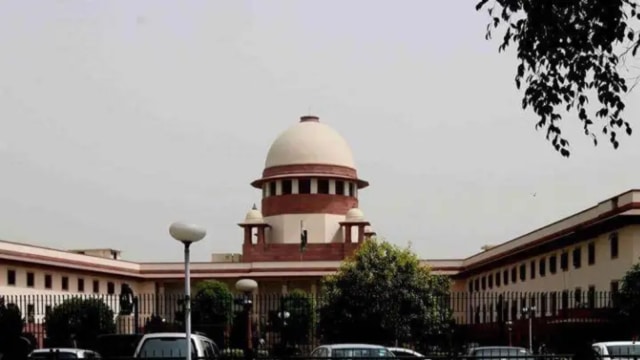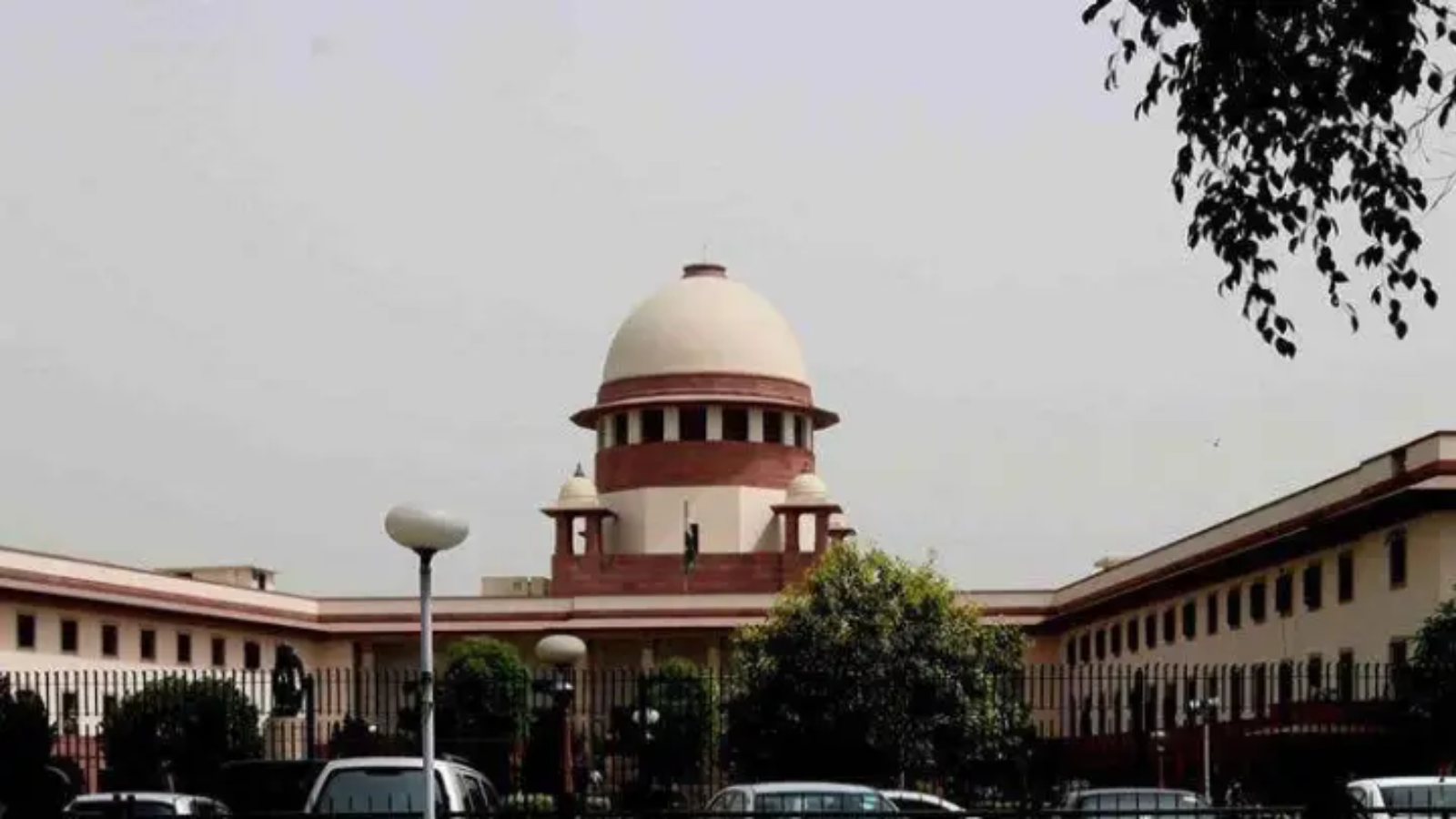
The Supreme Court’s recent verdict on caste classification has led to a renewed debate on caste. Several commentators tend to see caste and its effects as remnants of the past and hope that changes in attitude would hasten their end. It has taken much fight to situate caste as a deeply political matter. Caste continues to be amongst the biggest determinants of the country’s polity, economy and society. One may appreciate the SC’s intent in expanding the benefits of quotas to the most marginalised communities. However, the verdict has too many loopholes which will hinder the deepening of democracy.
Political equality for all was implemented in India’s deeply hierarchical society. The precedence accorded to political equality over social and economic inequality has meant the silencing and invisibilisation of SCs and STs. To understand the gravity of the SC judgment, let us return to the Constitution’s initial vision and its promise of liberty and equality.
Article 14 ensures equality for all irrespective of religion, gender, or caste. At the same time, the Constitution drafters recognised that a lone provision will not overturn the skewed power dynamics in the country. To actualise the vision of equality, affirmative action was deemed necessary. To tackle economic inequality, the Directive Principles of State Policy state that “the State shall, in particular, strive to minimise the inequalities in income”. These provisions are meant to work in tandem.
Indian society, as Ambedkar rightly pointed out, is a conglomeration of various caste groups organised hierarchically. The Brahmanical order is responsible for the exclusion, lack of access, brute violence and utter humiliation experienced by Dalits and Adivasis. Operating parallelly, in recent years, is the myth of castelessness amongst savarnas — this is also behind the flawed logic of merit.
The abysmally low conviction rates under the provisions of SC/ST POA Act and the unfulfillment of existing provisions of reservation in employment and education at all levels are testaments to Brahmanical hegemony. Examining the effects of reservation on various communities of the SCs and STs could be a democratic step. But not answering questions related to the implementation of the current affirmative action policy is downright immoral.
Neo-liberal policies have shrunk opportunities for secure and dignified employment. The government’s apathy to employment creation and its reluctance to adequately increase the seats in public educational institutes is creating dissatisfaction among people because they continue to aspire to work in the public sector. The crisis in agriculture has pushed several communities to demand quotas.
The privatisation of public sector industries and education have made the issue more complex. The situation demands long-term solutions — more employment avenues and educational opportunities, expansion of the reservation policy and quotas in the private sector. While allowing for sub-classification, the SC verdict did not touch upon the overall cap of 50 per cent reservations imposed by the Court itself. As many commentators have pointed out, the 50 per cent limit on reservations and the lack of quotas in the private sector are major reasons for resentment among deprived sections. The 50 per cent cap needs to be removed to ensure that backward sections get appropriate representation, including in the judiciary and private sector.
The SC should clear the confusion created by four of its judges who advocated for the delineation of a creamy layer among SCs and STs. This has created fears that reservation will come to an end. The basis for reservation for SCs and STs is historical discrimination and exclusion. The creamy layer criteria will attenuate this drastically.
Moving ahead, the judiciary’s inconsistent position on affirmative action policy should be addressed. While Tamil Nadu has 69 per cent reservation, protected by the Constitution’s Ninth Schedule, the Bihar High Court has struck down a similar extension in reservation in the state. The SC has held the 10 per cent EWS reservation as legal, despite the increase in reservation breaching the 50 per cent cap. Such inconsistencies must be ironed out. State governments are best equipped to decide on quotas following scientific assessment of deprivation. However, the current data on social groups seems to be inadequate. A caste census is necessary to measure the standing of different social groups and the degree of representation at various levels. People’s aspirations should be reflected in policy-making and concrete and scientifically gathered data should be the base for inclusive and enabling policies.
At the same time, several groups with vested interests are trying to solidify caste and caste-based practices. The goal of social justice, as stated by Ambedkar is the “annihilation of caste”. To usher in an era where caste discrimination, class exploitation and patriarchal subjugation have no place, equality of opportunity should be extended to all those who face marginalisation. The SC verdict should lead to introspection on our current policies and their inadequacies must be analysed.
The writer is General Secretary, CPI



